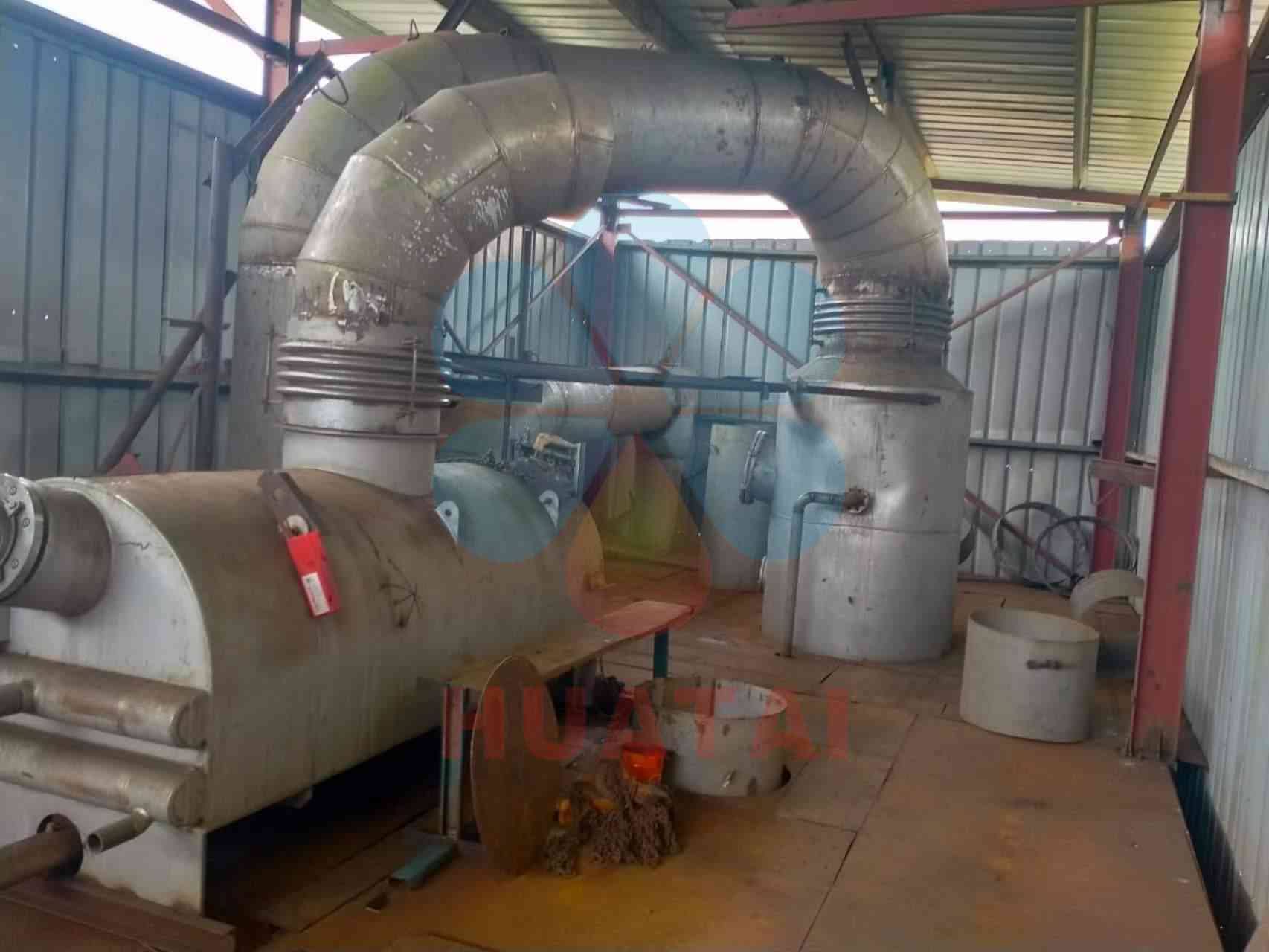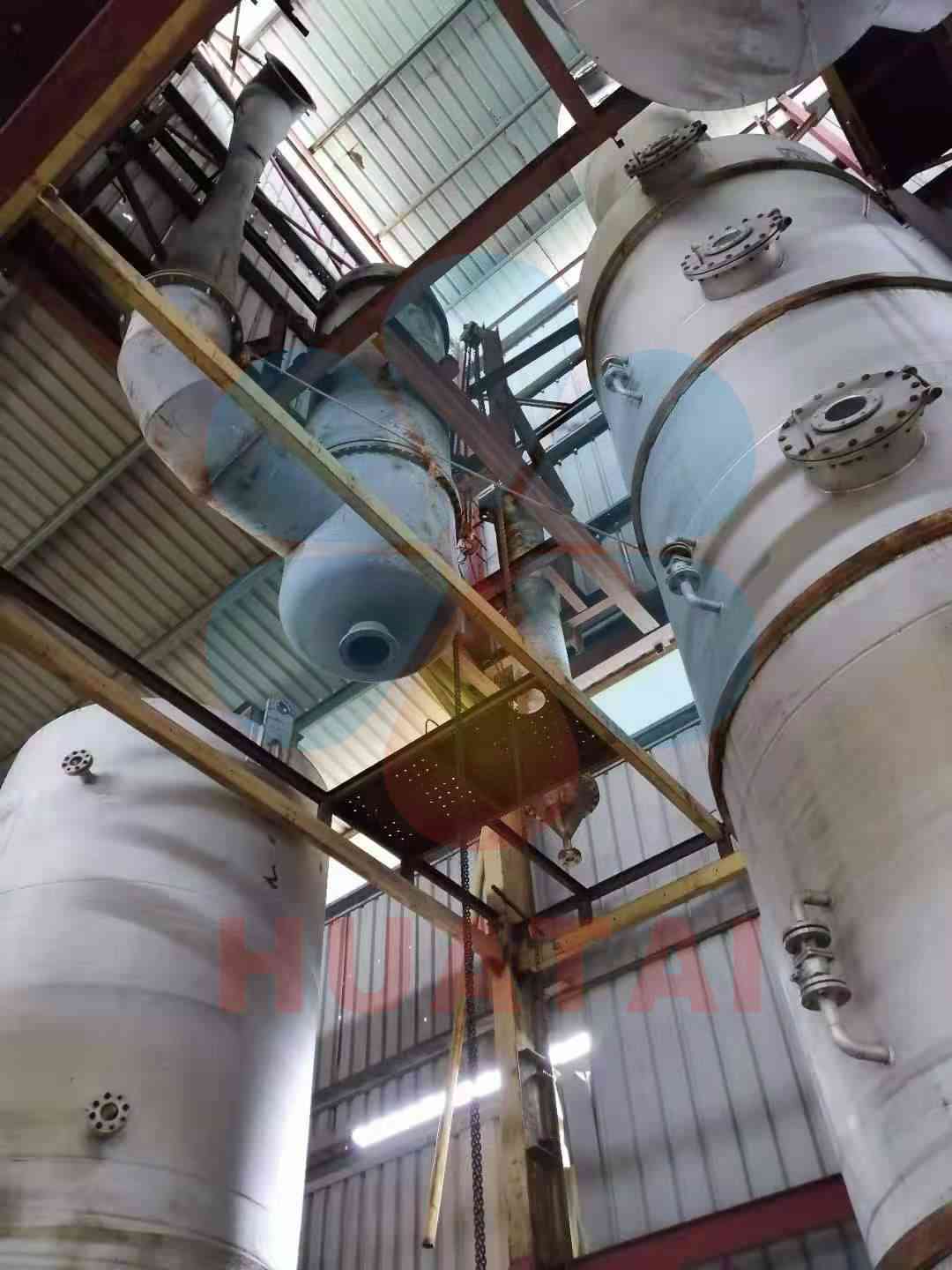Oil fractionation refers to the process of separating oil into solid and liquid parts at a certain temperature by utilizing the different melting points and solubilities of the various triglycerides that make up the oil. The separated components can be used to meet the needs of different uses according to their different properties. Fractionation, or sometimes called winterization.
1.Removal of waxes and other non-triglycerides;
2.Removal of high melting point triglycerides;
3. Removal of high melting point components formed during hydrogenation.
Fractionation usually refers to the dry fractionation process, although wet or solvent fractionation processes are also used. The wet fractionation process is usually applied to cottonseed products, using hexane and acetone to separate the various components at the mixed oil stage. However, due to the high cost of solvent recovery, the danger of operation and process losses, wet fractionation is less used than dry fractionation.
Fractionation is widely used for palm oil, especially for the large amount of palm olein exported from Southeast Asia, and is also used to process tallow, lard and other fats. Fractionation of partially hydrogenated soybean oil (PHSBO), canola oil and other lightly hydrogenated products is also important. Typical fractionation raw materials can be partially hydrogenated soybean oil (with an iodine value of 100 when fed), which can be fractionated into liquid frying oil with high stability and stearin used as the basic raw material for margarine. Palm oil (RBD) after refining, bleaching and deodorization has an iodine value of 50-55 at the beginning, and can be fractionated into olein with an iodine value of 56 and stearin with an iodine value of 48.

1. Conventional fractionation by cooling crystallization and solid-liquid separation;
2. Solvent fractionation: Cooling crystallization can reduce the viscosity of the mixed liquid, making it easy to crystallize, reducing the amount of liquid oil in the solid fat, and reducing the filtration resistance;
3. Surfactant method: The aqueous solution of the surfactant wets the crystallized solid fat and separates the solid fat crystals from the liquid oil for easy separation;
4. Liquid-liquid extraction fractionation: Use selective solvents to dissolve components with small molecular weight and high unsaturation to separate them from other components;

The triglyceride components and proportions contained in various oils are different, resulting in different cooling temperatures for cooling crystallization and different crystal growth control times. Before the production of each oil, a small sample should be made to measure its cooling trend, and the process conditions and process flow should be determined based on the data provided by the curve in order to obtain an ideal fractionation effect.
Huatai Oil Machinery provides good quality oil mill plant, time & fast delivery, perfect after-sale services, and reasonable price, contact us!
Website: https://www.huataioilmachine.com/Copyright @ Henan Huatai Cereals And Oils Machinery Co.,Ltd.